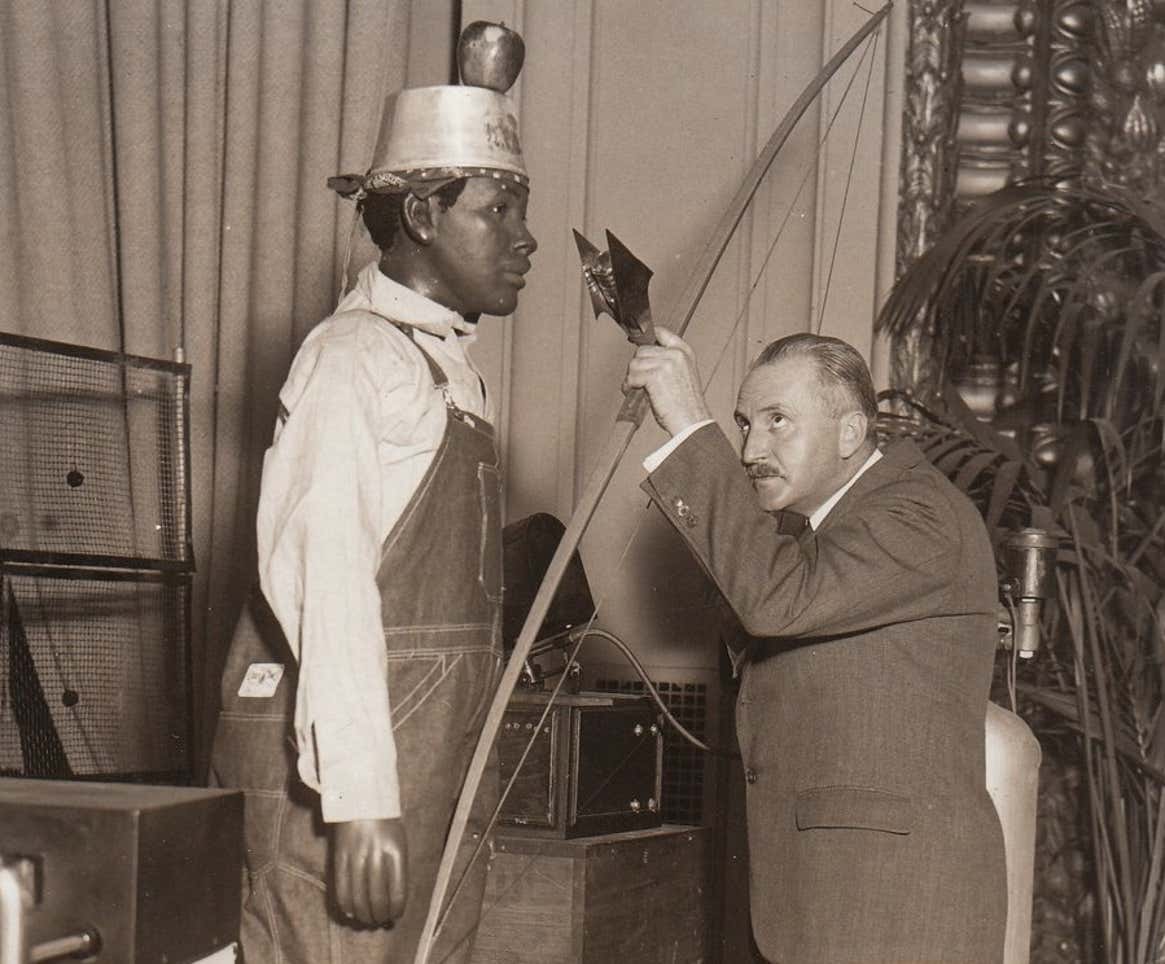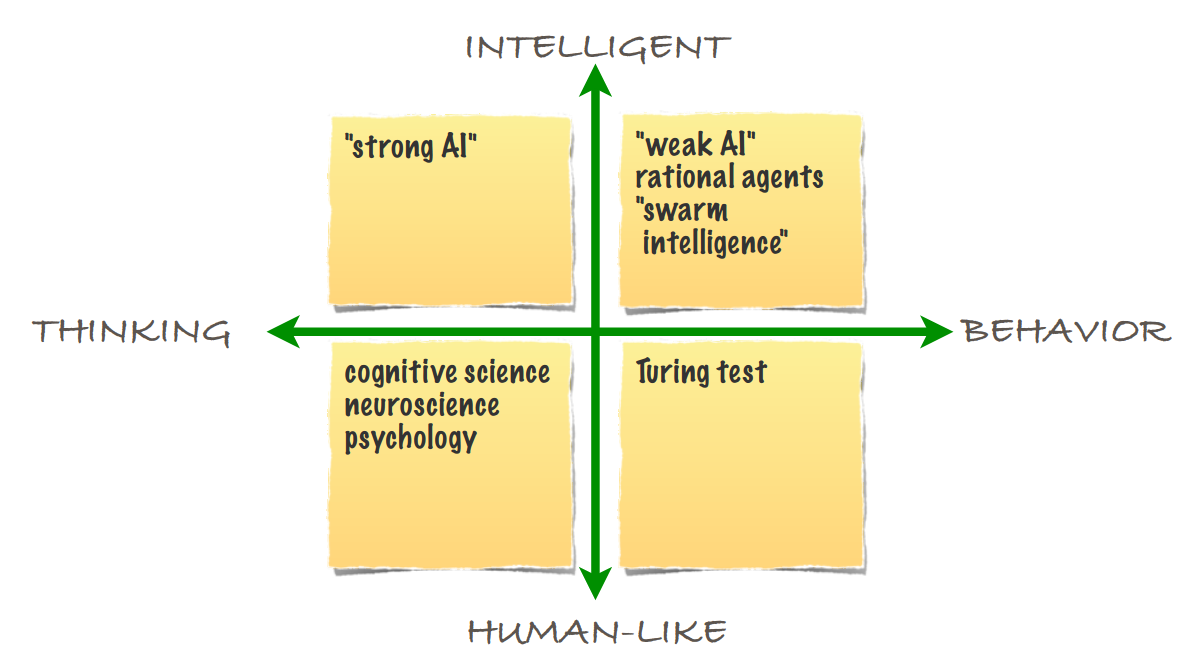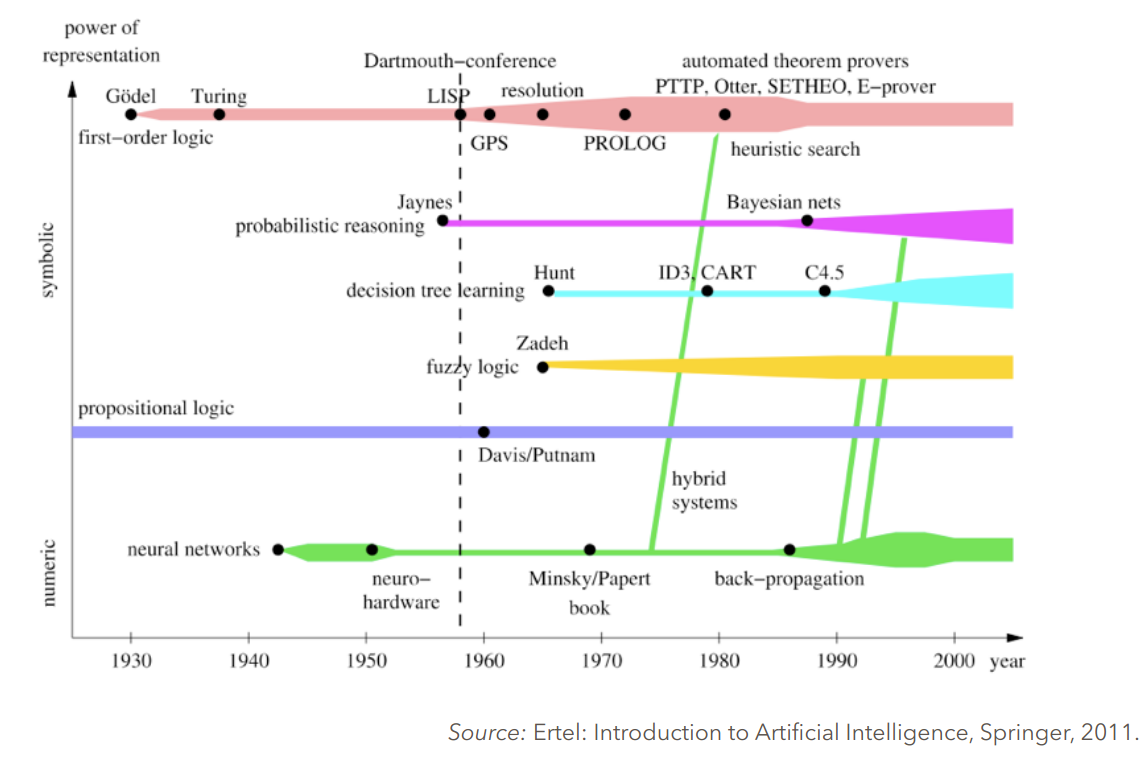Started Labbook 2022.
December 21, 2021
- The 2nd lecture of Peter Stone lists some realistic benefits of AI (slide 25-31).
- In is Last lecture, Peter Stone gomes back to the goal of AI, links it to robotics (complete agents that can sense, decide and act) and finally to RoboCup soccer.
December 3, 2021
- The 80-page paper Explaining by Removing generalises many of the model explanation methods in the sense that they all simulate feature removal, by explicitly removing features, or replacing them by neutral values, or marginalize them over a distribution, or train different models for different subsets of features.
November 30, 2021
- Interesting on counterfactuals and semi-factuals (samples generated on the decision boundary), illustrated on the MNIST dataset. Unfortunatelly a bit too technical for IKI, but points to a number of recent overview papers.
- One of them is the 23-page article Peeking inside the Black-Box, which explains Explainable AI along several axes. Counterfactuals is only one subsection, part of the Example-based explanation subsection, part of the model-agnostic interpretability subsection, part of the model-related methods, part of Axis I: explainability strategies.
- Which points to this 52-page article (more a mini-textbook or syllabus) on counterfactual explanations.
November 29, 2021
November 16, 2021
- Checked if Ideal words was a good article for IKI, but too long, detailed and technical for freshman.
November 15, 2021
- Concerning the Uncanny Valley, one student pointed to the video of I feel fantastic.
November 4, 2021
November 2, 2021
- Extensive blog on the complex process of decyphering of the Enigma.
October 29, 2021
- Should limit the chat-options during an exam to host and co-host only.
October 21, 2021
October 11, 2021
October 4, 2021
September 30, 2021
- Turing's counter argument on The argument from Informality of Behavior is broader than just this argument, it is known as the philosophical Turing's Wager argument.
- The book the Essential Turing is quite complete, except on the objections. Only the Shannon-McCarthy objection is discussed.
- This philosophical paper discusses the argument in more detail, but mainly focusses on the slippage between "ought
and "will", although those terms are not explicit used by Turing.
September 22, 2021
September 20, 2021
- The 2021 version of the One Hundred Year Study on Artificial Intelligence is out.
- In SQ3 they indicated that Turing award winner in 1988 gave a speech where he posed a a set of challenges for the field.
- In the AI Magazine paper the Physical Symbol System still plays an important role (one decade later).
- The 2021 version of the study is much more focussed on Life in 2021, while the 2016 study was about Life in 2030. It also is less clear on its recommendations (other than an interdisplinairy approach to make community-wide systems to empower all people).
September 14, 2021
September 9, 2021
- Read Newell and Simon's The logic theory machine--A complex information processing system.
- Read Cybernetics, Automata Studies,
and the Dartmouth Conference
on Artificial Intelligence
on the shift between Cybernetics and AI. Before the conference, 3 of the 4 organizers were in favor of neural nets, and brain modelling. At the conference, McCarthy switched sides. After the conference, Simon, Newell, and
McCarthy were on the symbolic side, and Shannon, Minsky, and Rochester on the brain-modeling side. McKay, only got his chance for debate at the Teddington conference in 1958, but at that time also Minsky had switched sides (gather ammunition from their research at MIT with which to fight the battle
against brain modeling, especially Rosenblatt’s perceptrons).
- Also read the chapter of on the Dartmouth conference in Machines Who Think.
September 8, 2021
September 7, 2021
- On page 18 of Intelligent Machinary Turing mentions like Russell's Principia Mathematica, from Bertrand Russell. The same page also contains the quote "Further research into intelligence of machinery will probably very neatly concerns with 'searches' of this kind. We may perhaps call such searches 'intelligent searches'." Turing was refering to 'searches through all proofs'.
- On the next page I found the quote I was looking for: "The remarkable success of this search confirms to some extent that intellectual activity consists mainly of various kinds of search.". Here he already points to another kind of search: genetical or evolutionairy search.
- On page 20 Turing proposes an alternative Imitiation Game, a poor chess player A, who has to decide if he is playing against another poor human chess player B or a paper machine (a mathematician who follows a set of rules).
September 2, 2021
- Nice background story on the HX-63, an encryption machines with 9 rotors which was more secure than the NSA algorithms (and contained no backdoor).
September 1, 2021
- Turing indeed also came up with the child-computer, at the end of his paper, in the section on Learning machines.
- The notes also indicates that in the quote ‘the machine can only do what we know how to order it to do’, the word only is not from Ada Lovelace.
- According to this article, Turing also started on the learning of the child-computer, with Turing-nets. Those networks were described in his sabatical report. The Manchester Mark I had an image sensor (perceptron). Turings interest in neural networks was combined with morphogensis and AI Life.
- Simon and Newell designed the Logic Theorist, which found a proof shorter than Russell. They added the Logic Theorist as co-author, but infortunatelly the paper was rejected.
August 30, 2021
August 26, 2021
- Read Delayed Impact of Fair Machine Learning as suggested by Fernando. Nice paper, but I am not sure if it is general enough to be an replacement of of The Price of Fairness in Location Based Advertising.
- Checked this presentation, which gives a good insight in Symbols and Search.
- Read this Philosophical paper discussing Symbols and Search, which contains the nice quote "
If we manage to capture, in a formal way,
how thinking beings, and in particular humans, represent not only the environment
but also their presence and acting in it in such a way that this representation equates
with knowledge of the environment and the self, then the main challenge in KRR
is halfway won; the other half is to find the way(s) to implement this intrinsic ability in artificial agents.
".
- Newell and Simon continue where Turing has started, with Knowledge Representation as Problem formulationa:
": A machine can be said to have
knowledge of X if it has the (abstract) set of all the possibly derivable symbolic
expressions (for short: expressions) related to X ; for instance, machine M can be said
to know (how to play) chess if, from any position represented by means of expressions; M can derive other positions also represented by means of expressions to its advantage
as a player
"
- Their works was a breaktrough, because "
The lesson that Newell and Simon drew from both programs, LT and GPS, which can
be considered to be two of the earliest AI programs, was that computers are not just
manipulators of numbers but are first and foremost general manipulators of symbols
and, as such, transformers of patterns. While today’s readers may be unimpressed,
given the contemporary profusion of not only automated provers at hand for a plethora
of classes of logics but also “intelligent” technology systems of other types, it should be
remarked that before LT and GPS computations were carried out mostly on numbers
".
- "But the PSSH goes beyond Turing’s thesis, according to
which any computable function is computable by a UTM: The PSSH asserts explicitly
(while the Turing Thesis does so implicitly) that this UTM is a symbol system, thus
making an architectural assertion about the very nature of intelligent systems. " This can be stated, because they believe a far stronger symbol system, something like Leibniz's lingua universalis; the Alphabet of human thought or Frege's Begriffsschrift.
- Could use some figures of Ron Llull:





- This clearly inspired Leibniz

- Should also read this page on symbol processing.
- Note that Frege's Begreifscrift had already many of the symbols of modern logic, as negation, implication and quantification:

- Newell later came with a theory of mind, with 13 constraints. The PSS only focuses on three of them.
August 16, 2021
- The latest update (week 25) is 232 freshman, so ∼ 260 participants in total.
July 20, 2021
- Koen's suggestion for Social Robotics is the 2nd chapter of the textbook Social-Robot interaction. Section 2.1 and 2.2 can be skipped, so that is even 3 pages less.
- Several key concepts are only explained in later chapters:
- Anthropomorphization - Chapter 4 - Design - page 49
- Uncanny valley - Chapter 4 - Design - page 52
- Appraisal Theory - not in index - appraisal mentioned in Chapter 8 - Emotion - page 114.
- Theory of Mind - Chapter 6 - Nonverbal Interaction - page 95
- Simulation Theory - not in index - simulation mentioned in Chapter 9 - Research Methods - on page 150.
- Maybe Chapter 12 - Future is a better choice, because it makes a clear coupling with AI.
July 19, 2021
July 13, 2021
- For modifications of the literature:
- [15] Breazeal et al. (2016) was far too long, should be replaced.
- [10] Alex Krizhevsky (2017) was technical difficult, although it would be hard to find a higher level article.
- [11] was a better article than [12] (and a bit double).
- Turing, Brooks and Pearl are classic texts that should remain.
-
- A good replacement for Breazael (38 pages) could be The Cognitive Bases of Anthropomorphism: From Relatedness
to Empathy (11 pages). Alternatives (not chosen):
- In the introduction "Both Harnad’s and Searle’s approaches are widely controversial." seems a good subject for a debate in the working group.
-
- Also looked for a replacement for AlexNet.
June 3, 2021
May 27, 2021
- Sara pointed to this 2021 paper of Yoshua Bengio.
- Predictions can be made from differential equations f(x) when f is Lipschitz.
- The resulting Picard–Lindelöf theorem (there exists a unique solution) is not the Markov property, although they indicated that this implies that the intermediate future of x is implied by its past values (as in Markov-chains).
- I like table I at page 3.
May 17, 2021
- Found this article, but it seems to be too advanced for IKI.
March 8, 2021
Februari 24, 2021
- Westerhouse also created Rastus the mechanical man, who is used for shooting an apple of his head with a lighting arrow:

Februari 22, 2021
- In chapter 2 of Who needs emotions? Ralph Adolphs has critic (page 11-12) on Alan Turings' route in his classic paper: If indistinguishable from the outside, scientists should look inside.
Februari 6, 2021
- This post describes 1951 conference in Paris had many of the major Cybernetics researchers present, and was a predecessor of the 1956 AI-conference.
- One of the demonstrations was the chess playing machine (El Ajedrecista) which could play an endgame with an advantage and win.

Previous Labbooks











